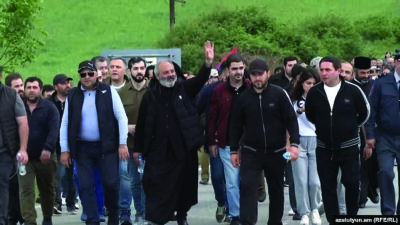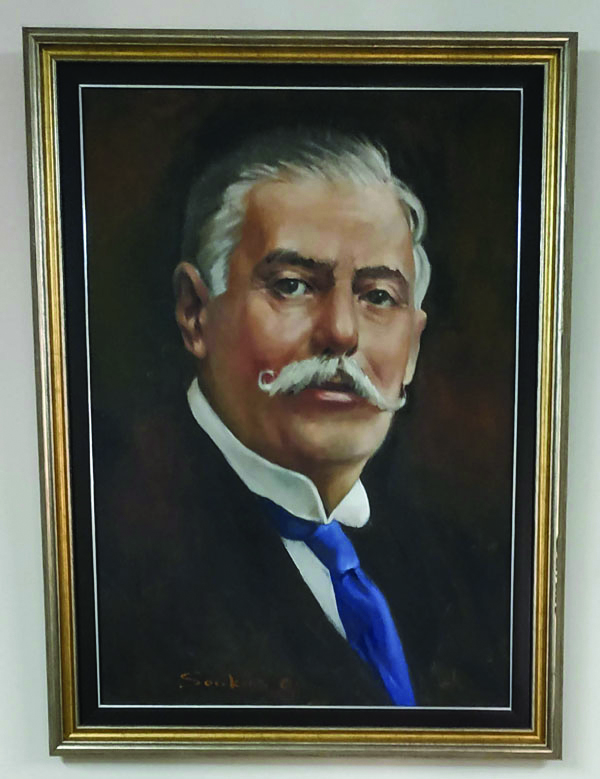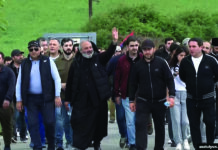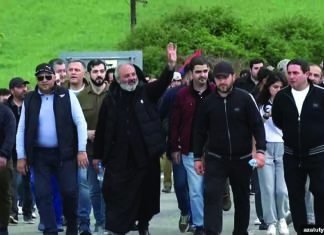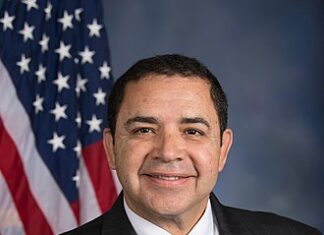World War I and its aftermath represent an era complicated to understand, analyze and make sense of. It was even more challenging for the Armenian people, who had experienced the Genocide.
This planned mass murder by the Ittihadist regime was intended to annihilate the Armenians for good, eliminating all chances for their recovery. This destruction was an ideological necessity as the Ittihadists, before them the Sultan, and after them the Kemalists, had similarly subscribed to an overriding philosophy of creating a unified state comprising Muslims only. That way, they could bar once and for all any interference by Christian powers under the guise of protecting the minorities of the empire.
The plan for the Genocide was executed with mathematical accuracy so that there would be no survivors, let alone a leadership that would plan a recovery.
But the defeat of the Ottomans in the war left many questions unanswered about the perpetrators of the crime.
Armenians, after losing their homeland and two-thirds of their population, were able to rise again and attain their independence in the Caucasus and strove to create a home rule in Western Armenia, particularly in Cilicia, where an Armenian kingdom had existed from the 10th to the 14th centuries.
It is this saga of Cilician Armenians which has not been properly studied and understood, for a variety of reasons.
